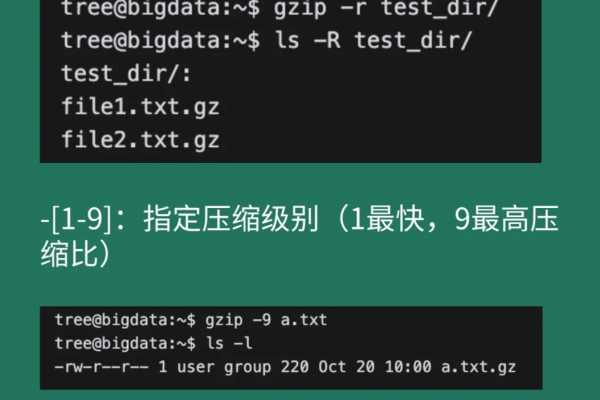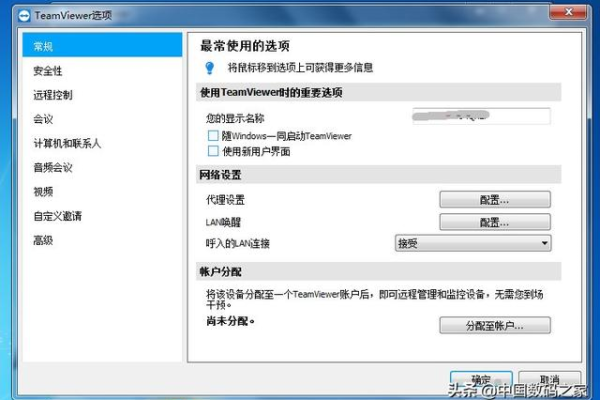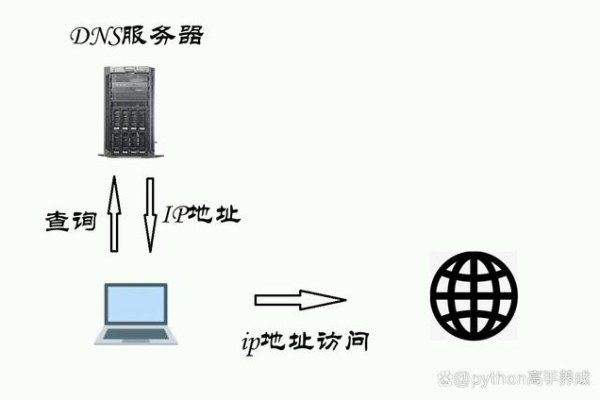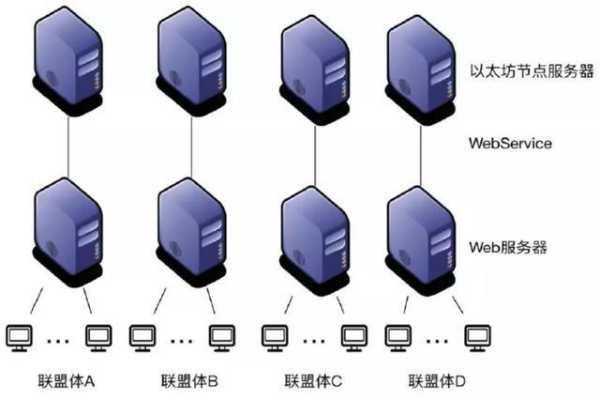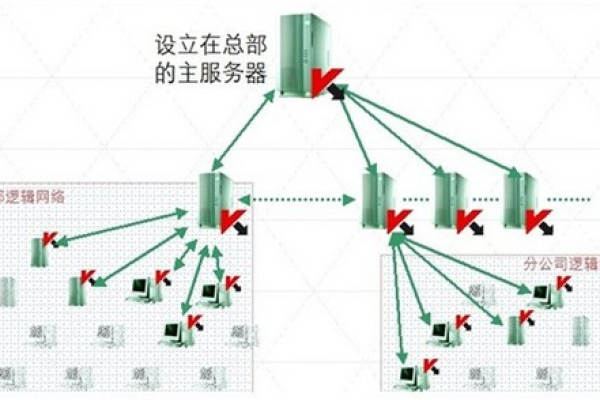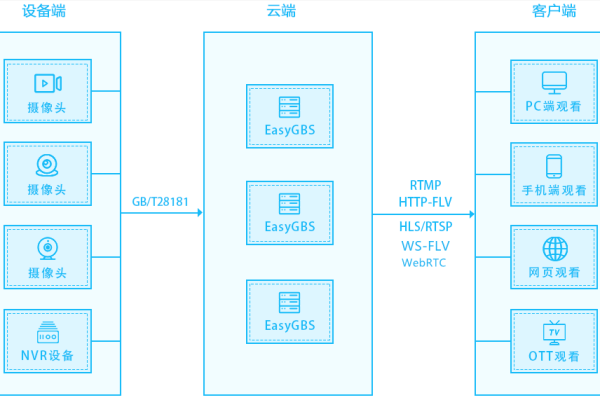如何更改服务器实例的名称?
- 行业动态
- 2024-12-23
- 2
在管理和维护服务器时,更改服务器实例名称是一个常见但需要谨慎操作的任务,这不仅涉及到配置的调整,还可能影响到系统的稳定性和应用程序的正常运行,本文将详细介绍如何更改服务器实例名称,以及在此过程中需要注意的事项。
一、准备工作
1、备份数据:在进行任何重大更改之前,确保对重要数据进行备份,这可以通过快照、镜像或其他备份机制来实现。
2、了解环境:熟悉当前服务器的配置和运行状况,包括操作系统版本、网络设置、依赖服务等。
3、权限准备:确保你有足够的权限来修改服务器配置,通常需要管理员或超级用户权限。
4、测试环境:如果可能,先在一个测试环境中模拟更改过程,以确保不会对生产环境造成不可预见的影响。
二、更改服务器实例名称的步骤
1. Windows 服务器
打开控制面板:点击“开始”菜单,选择“控制面板”。
进入系统属性:在控制面板中找到并点击“系统和安全”,然后点击“系统”。
更改计算机名:在左侧菜单中选择“高级系统设置”,在弹出的窗口中切换到“计算机名”选项卡,点击“更改…”按钮。
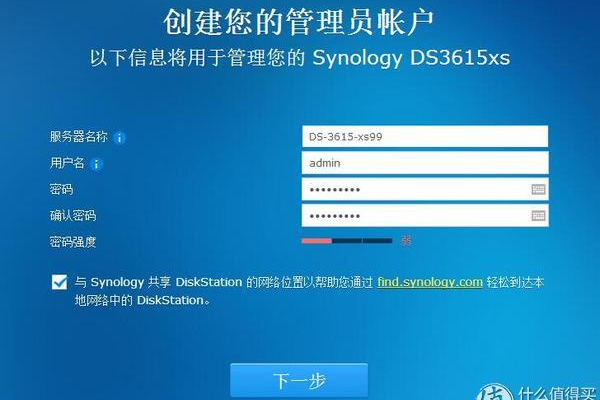
输入新名称:在弹出的对话框中输入新的计算机名,然后点击“确定”,系统会提示重启以使更改生效,确认后重启服务器。
2. Linux 服务器
使用 hostnamectl 命令(适用于 systemd 系统):
sudo hostnamectl set-hostname 新名称
执行上述命令后,系统可能会提示重启。
编辑 /etc/hostname 文件:
sudo nano /etc/hostname
将文件中的内容替换为新的服务器名称,保存并退出编辑器。
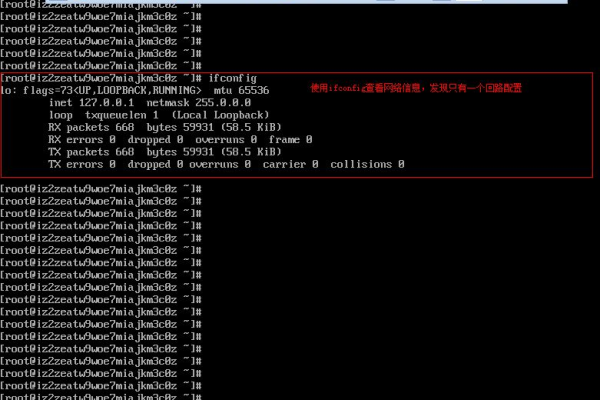
更新 hosts 文件:
sudo nano /etc/hosts
确保/etc/hosts 文件中的条目与新的主机名一致。
重启系统:为了使更改生效,通常需要重启服务器。
三、注意事项
DNS 更新:如果服务器是通过 DNS 解析的,确保在 DNS 记录中更新服务器的新名称。
网络服务:检查所有依赖于旧服务器名称的网络服务(如数据库连接、Web 服务等),确保它们能够识别新的服务器名称。
脚本和配置文件:审查所有脚本和配置文件,确保没有硬编码的旧服务器名称。

监控和日志:更改服务器名称后,监控系统和日志以确保没有出现错误或异常行为。
四、常见问题解答 (FAQs)
Q1: 更改服务器实例名称后,为什么我无法远程登录?
A1: 这可能是由于 DNS 缓存或 SSH 配置文件中的旧名称导致的,尝试清除 DNS 缓存或更新/etc/hosts 文件,并确保 SSH 配置文件中的 HostName 指向新的服务器名称。
Q2: 更改服务器实例名称是否会影响现有用户的会话?
A2: 是的,更改服务器名称可能会导致现有用户的会话断开,建议在低峰时段进行更改,并提前通知用户可能会有短暂的服务中断。
小编有话说
更改服务器实例名称是一个看似简单但实际上涉及多个方面的任务,在执行此类操作时,务必做好充分的准备和测试,以避免不必要的风险和问题,备份总是至关重要的,它可以在出现问题时提供恢复的途径,不要忘记更新所有相关的文档和记录,以便未来的维护工作能够顺利进行,希望本文能够帮助你顺利完成服务器实例名称的更改工作!


